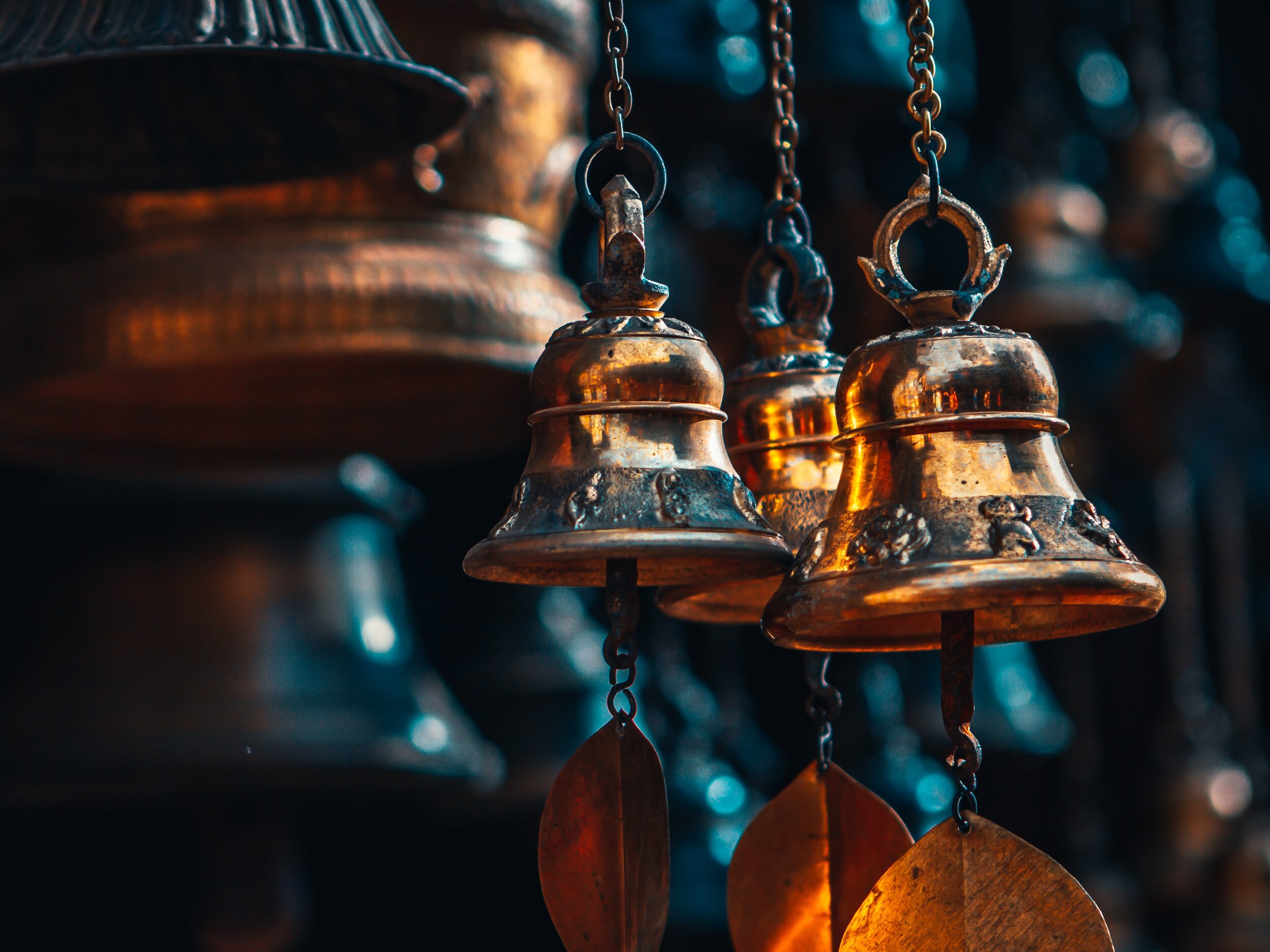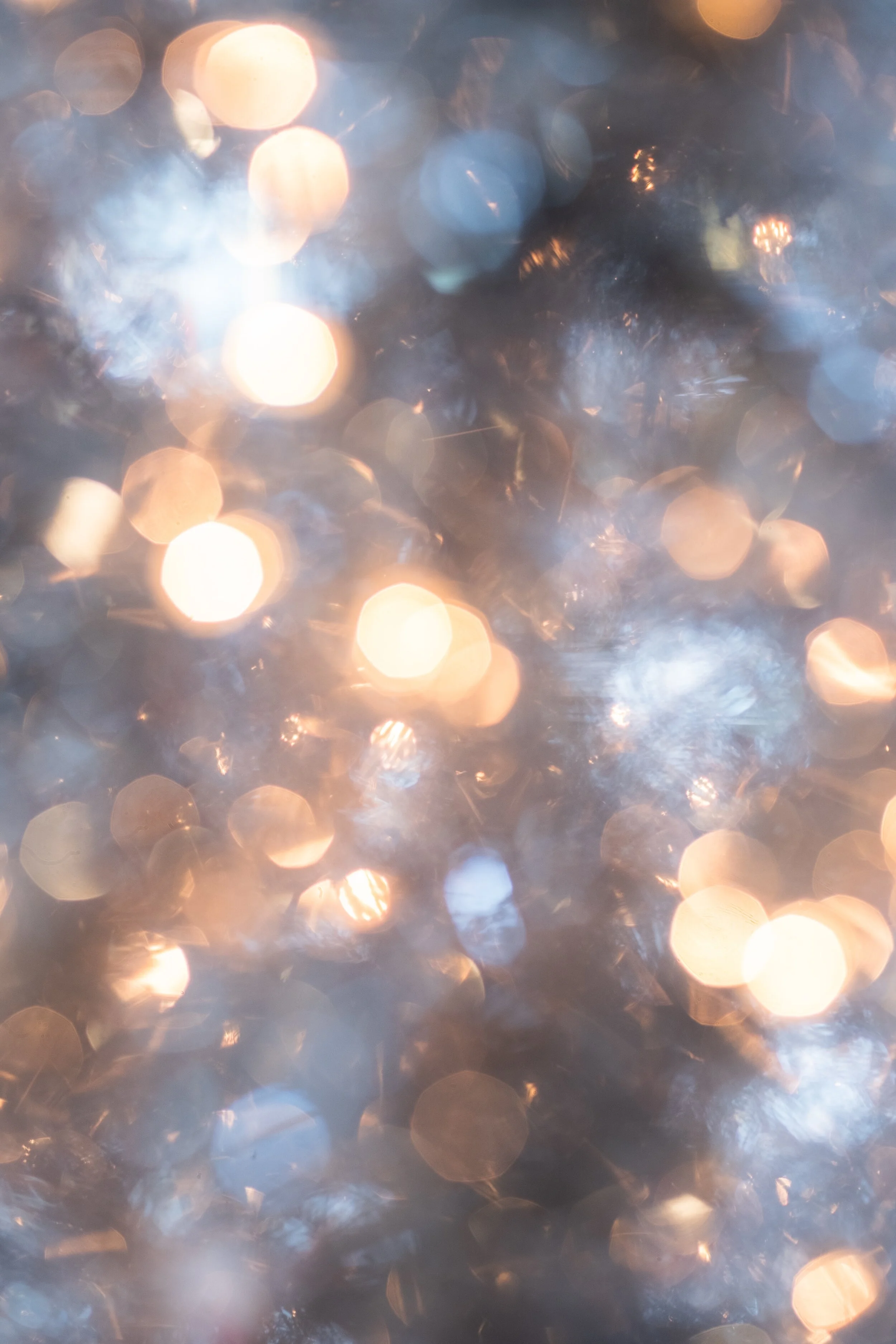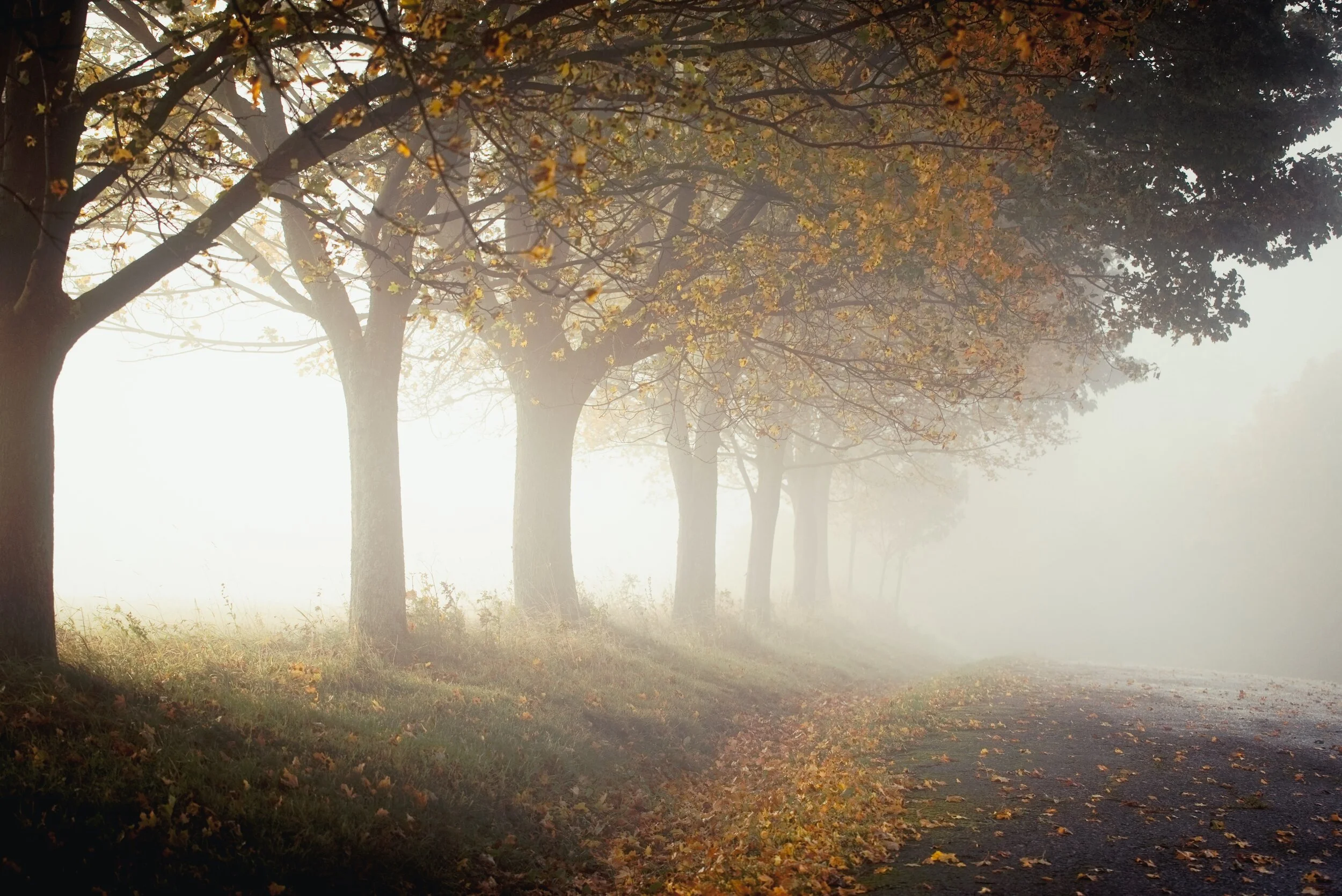A couple of weeks ago, on the 8th of March, most of the world celebrated Women’s Day. The celebrations varied depending on the country with women being showered with flowers and chocolates in most post-Soviet Union countries (including East Berlin), China, and some parts of Africa. The traditional meaning of this day is linked to gratitude and appreciation towards women for being... well, women! It's also about shedding light on women’s rights all around the world. If we research the ancient roots of worshipping femininity a bit deeper, however, we will find that the importance goes way beyond that…
Humanity’s matriarchal past
Female deities have been worshipped since prehistoric times (for around 25000 years!), as we can see in curvy, full-bodied female figurines found in India, Europe, and the Middle East. The goddesses represented the female element, otherwise known as Mother Nature who was known as the creator and law-maker of the universe. Carrying around one of these statuettes brought protection and fertility (in terms of procreation and harvest). In these societies, the women most likely were in charge of the family, since ancestor worship was a big topic and their origins had been narrowed down to a primal, ancestral Mother.
By 1500 BC the divine feminine slowly began to fall from grace… and with time, the worship of the Divine Feminine was forgotten with only small reminders present in the worldly religions.
Every time women tried to rise to their power, a counter-movement would rise, for example, the mass execution of “witches” in the middle ages…
Who in the heavens is Shakti?
India is one of those places where worship of the Divine Feminine has lived on. Shakti is also known as the Great Mother, the omnipresent (both in men and women) female principle in the world. In Hindu, there even twelve goddesses representing different manifestations of Shakti – the supreme Goddess. These include:
Kali – the goddess of change. It is said that Kali is with us with every second, because she resembles endings (a kind of “death”) and transformation. If you are looking for changes to upgrade you in life (be it materialistically, mentally or spiritually), Kali is the one to ask!
Tara – the mother of mercy and compassion. Also the one who brings you the “fruits of your efforts”, be it learning a new yoga pose, or meeting the love of your life. Ro make things even more complicated, there are 108 Hindu Taras and 21 Tibetan Taras. Wow, that’s a lot of females in one group. Two are most popular – the Green and the White Tara.
Kamalatnika (or the Tantric form of Lakshmi) – many of you have probably heard of this deity. She sits majestically on a lotus flower, surrounded by elephants pouring water. She is overlooking all physical aspects in this world, meaning material things, wealth, beauty, but also joy. Patron of “maya” the illusionary world.
Men, this is also about you
Now, all you men reading may be feeling a bit left out. You shouldn’t, though. That’s because the feminine principle is present in every human being, in different proportions. The Yin and the Yang are balanced out adequately to help you identify with who you are. It’s good to know that the qualities of the Divine Feminine, include:
Creativity
Sense of morality and justice (protecting the weak)
Passive resistance (for example, protesting in a peaceful manner rather than using violence)
Highly attuned intuition
Connectivity with emotions
Gentleness and fluidity
Natural healing talents
But also…
warrior spirit!
Isn’t being a warrior more a guy thing? – you may ask.
Well not necessarily because since the feminine is the giver of life, she is also the taker. Feminine anger or rage is strong Kali energy (Just look how frightening she is) and has been repressed for ages in the world. Especially the type that is a reaction to things going wrong in the world – for example, the environmental disaster we are facing. Slowly, but gradually society is learning to appreciate this emotion…
Especially in women. But, also the sensitivity and ability to cry in men and breaking down toxic masculinity traits.
Each and every one of us has a personalized balance of these qualities and the masculine ones. We see a lot of movements for both men and women helping restore this sensitivity in ourselves. Lots of feminine and masculine retreats were in the latter, men are re-taught not just how to embrace the warrior in themselves, but also learn to connect with their emotions and express them. So, as you see, we all carry elements of Shakti within ourselves.
Chant Your Way to Abundance
Mantra chanting is a great way to summon specific feminine (but also masculine – depending on what you need) qualities into your life. For example, let’s say you feel stuck in your life. Yep, it’s time to chant to our somewhat threatening, yet filled with love Kali. Below you can find two of the mantras:
“Om Klim Kalika-Yei Namaha”
“Om Hrim Shreem Klim Adya Kalika Param Eshwari Swaha”
Keep in mind that these verses should be chanted 108 times to bring effect! Try it and see!
Wouldn’t it be great if the appreciation of the feminine could be celebrated all year round? After becoming familiar with the three Hindu goddesses, feel welcome to explore the rest. Find the one that connects with you most and make it a practice to chant some mantras after your meditation practice. It’s one of these rituals you just have to try before you believe it works.
- Written by Michelle Prygiel































